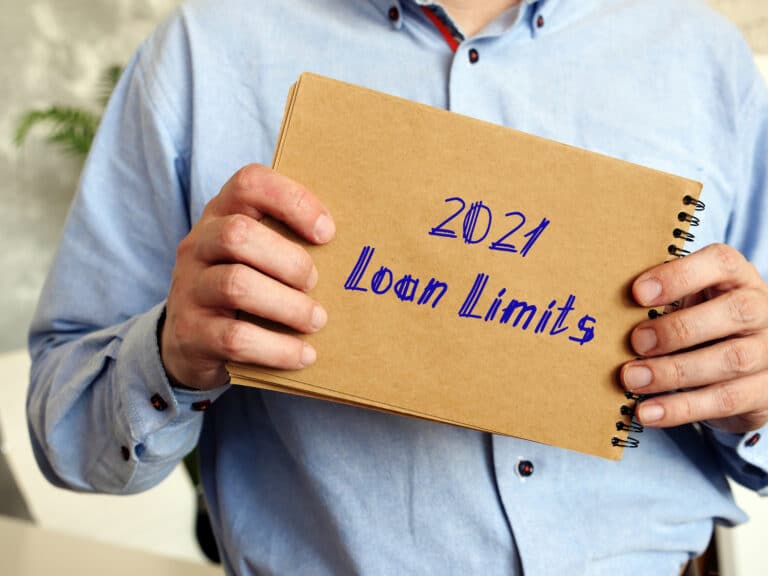
A reader’s question about shopping for a mortgage is answered in Q&A
We get questions from site visitors all the time at The Mortgage Reports, and we usually answer them directly. But this one was about something we hadn’t discussed yet: how can you shop for a mortgage when lenders won’t give you a loan estimate?
Loan estimates are not always simple to obtain
“I’ve been reading the Mortgage Reports for a while now, as well as looking at many other articles about home buying, and there is a question I have that I have not yet seen a clear answer to anywhere,” says one reader.
“I was hoping that the subject line of this article, “How to Shop for Lower Mortgage Rates,” would answer my question, but it didn’t. So I was hoping you could write an article to answer my question. I’m sure it’s a question that a lot of people have. It’s right here.”
When looking for a mortgage, you should get pre-approvals and loan estimates
Getting pre-approved for a mortgage is usually suggested before home searching so you can make a speedy, strong offer on a property if you locate one you like.
“You advise in your article to use the Loan Estimate form to compare lenders for the best rate. To compare lenders using a Loan Estimate Form, however, you must have a specific house address and a price to tell the lenders in order to obtain that Loan Estimate form. Which, if you’re getting pre-approved, you obviously don’t have yet.
“How do you compare lenders to decide who you’ll use and go through the lengthy process of providing bank statements and documented income for pre-approval before you have an address for a house you want to buy?”
“Every lender I’ve spoken with says they require a specific address and price before preparing a Loan Estimate form.” I understand why getting pre-approval is recommended, and why you want to compare lenders with the Loan Estimate form, but how do you do both in practice when each requires you to be at a different stage of the house-buying process? ”
An expert’s response
Mortgage law has evolved significantly in recent years. It states that lenders are not required to provide a Loan Estimate (LE) disclosure unless a borrower applies. Lenders prefer not to provide the LE without an application because it is a binding commitment that can cost them money if not completed precisely.
If they do not have all of the necessary information, the likelihood of errors on the part of the LE increases. Lenders prefer to provide “worksheets” or “scenarios” when providing a mortgage quote. These do not include all of the consumer protections that a Loan Estimate does.
A worksheet is fine for preliminary shopping. However, once you have a property address, you should request Loan Estimates from several lenders and obtain a Loan Estimate from each of them before locking in and committing to a lender.
When your offer is accepted, you may be in a hurry. However, this small amount of extra time will not delay your closing and may result in a much better rate.
How to get a mortgage without a physical address
Applicants seeking LEs should search for a property address in the same geographical region or zip code as the property they want to buy.
When you find a house, you can always change the address.
If you want an LE, you’ll also need to provide your name, income, social security number, loan amount, and property value. Custom mortgage quotes require you to provide information in order to receive information.
Will having all of those lenders pull your credit report harm your credit score? Not at all, as long as you finish it in a reasonable amount of time — two to four weeks, depending on the version of FICO your lender uses.
When lenders are required by law to provide a Loan Estimate
Loan Estimate 1026.2(a)(3): I Application means the submission of a consumer’s financial information in order to obtain a credit extension.
(ii) For transactions subject to 1026.19(e), (f), or (g) of this part, an application consists of the consumer’s name, income, social security number to obtain a credit report, property address, an estimate of the property’s value, and the mortgage loan amount you want.
Many borrowers receive loan pre-approval without providing a property address. This is known as a “tbd” application, which stands for “to be determined,” and if borrowers apply and authorize a credit report, they will usually receive disclosures even if they do not have an address. However, lenders are not required to provide these until you have an address.
Lender forums, such as the one at Bankers Online, show that lenders themselves are perplexed about this issue. According to a couple of them, their company does not issue LEs for mortgage pre-qualifications at all.
LEs are not accurate, according to a survey
According to a ClosingCorp survey, the Loan Estimate is inaccurate about half of the time. Often, this is the result of changes initiated by the borrower. However, the LE changed about one-third of the time because the applicants qualified for a different program or loan amount. As a result, whenever there is a “material change” in the loan, the lender must issue a new LE.
In fact, 58 percent of homebuyers had their estimates revised as a result of changes to:
- Closing expenses (12 percent)
- Insurance premiums (6 percent)
- Taxation (5 percent)
- The title (4 percent)
- Mortgage/monthly expenses (4 percent)
- Escrow (4 percent)
- Fees for appraisals (3 percent)
- Services and products (3 percent)
- Broker commissions (3 percent)